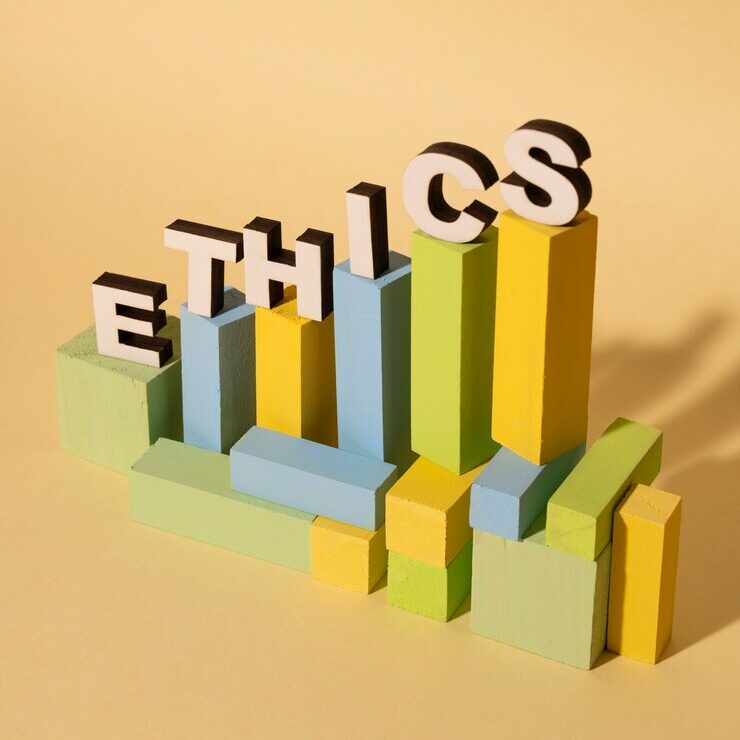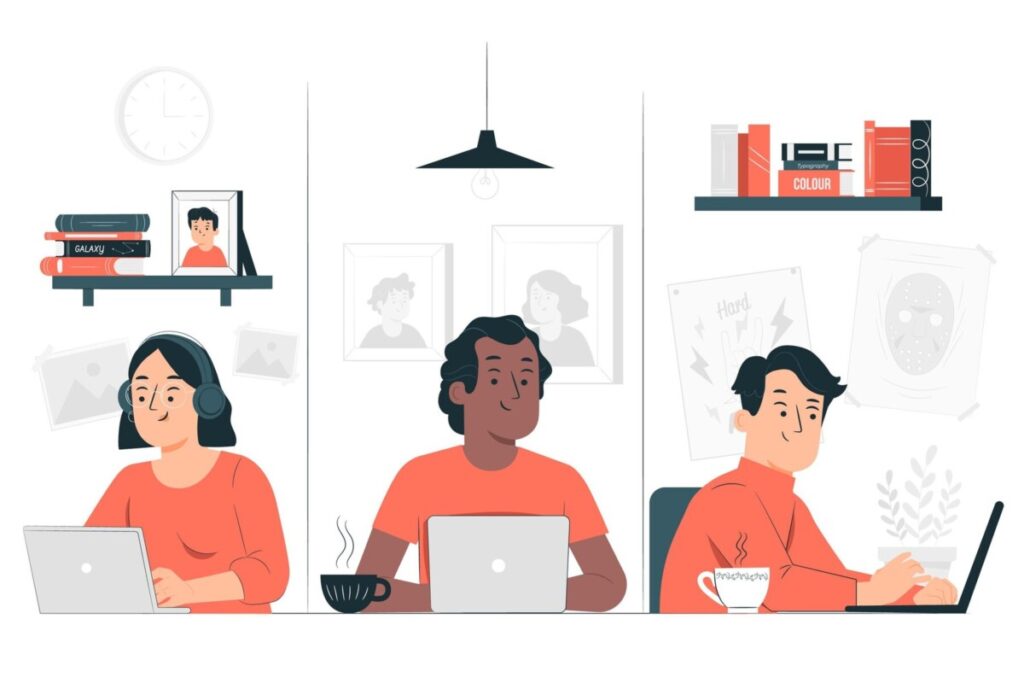
Joining OpenLab was an incredibly enriching experience that provided me with a wealth of valuable learning opportunities. One of the most significant improvements I made was in my time management skills, which proved essential for the successful completion of various projects. Through careful planning and prioritization, I was able to meet deadlines and ensure high-quality work.
Effective communication with my mentors and partner played a crucial role in overcoming any challenges I faced. Their guidance and support were instrumental in resolving issues swiftly, allowing us to maintain steady progress. This experience highlighted the importance of teamwork and collaboration, as working closely with others fostered a sense of camaraderie and mutual respect.
Additionally, I gained proficiency in using new software, particularly WordPress, which I utilized for web development and error detection. This hands-on experience enabled me to develop technical skills that are invaluable in today’s digital landscape. I also learned about best practices for accessibility, ensuring that the websites we created were user-friendly and inclusive.
Moreover, working on the OpenLab platform allowed me to explore creative ways to present information and engage with the community. I had the opportunity to create tutorials, customize themes, and test different functionalities, all of which contributed to a deeper understanding of web design and development.
Overall, my time with OpenLab was transformative. It not only enhanced my technical abilities but also taught me essential soft skills like effective communication, teamwork, and time management. The experience was incredibly rewarding, and I am grateful for the knowledge and skills I gained. This journey has undoubtedly prepared me for future professional endeavors, and I look forward to applying what I’ve learned in my career.















